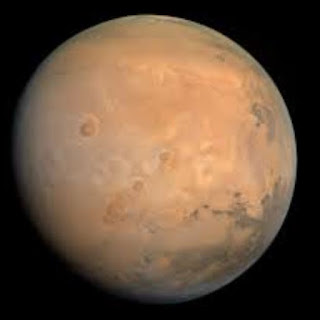Planets In Our System
There are eight planets in our solar system, listed in order of their distance from the Sun:
1. Mercury: The closest planet to the Sun and the smallest planet in the solar system. It has a rocky surface and no atmosphere.
Click to Mercury
2. Venus: The second planet from the Sun and similar in size to Earth. Venus has a thick atmosphere composed mainly of carbon dioxide, causing a runaway greenhouse effect that makes it the hottest planet in our solar system.
3. Earth: Our home planet, the third planet from the Sun. It has a diverse range of ecosystems and is the only known planet to support life.
4. Mars: The fourth planet from the Sun and often called the "Red Planet" due to its reddish appearance. Mars has a thin atmosphere and has been the subject of exploration to understand its potential for past or present life.
5. Jupiter: The largest planet in our solar system, fifth from the Sun. Jupiter is a gas giant with a thick atmosphere and a complex system of moons.
6. Saturn: The second-largest planet and sixth from the Sun. Saturn is known for its prominent ring system, made up of countless icy particles.
7. Uranus: The seventh planet from the Sun, classified as an ice giant. Uranus has a unique tilt, causing its axis to be almost parallel to its orbit.
8. Neptune: The farthest known planet from the Sun, also classified as an ice giant. Neptune has a dynamic atmosphere and is known for its intense blue color.
In addition to these eight planets, there are numerous dwarf planets and other celestial bodies in our solar system, such as Pluto, Eris, Haumea, and Makemake.












Post a Comment